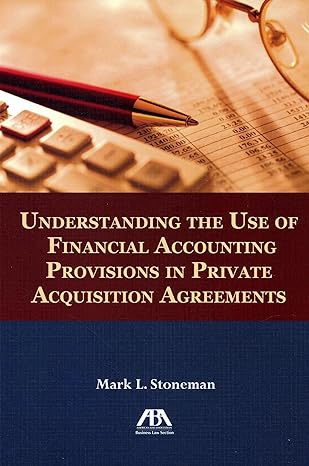Question
You are planning to save towards your retirement with increasing monthly payments (first payment is $1,000, and monthly growth rate is 0.1%) for 40 years.
You are planning to save towards your retirement with increasing monthly payments (first payment is $1,000, and monthly growth rate is 0.1%) for 40 years. The first payment will come in one month. You save into a retirement account paying an APR of 6%, compounded monthly. You plan to retire immediately after the last payment, and then, starting from the following month, 1 withdraw a constant amount of money from the account, until it is empty. The rate on your account is still 6% APR, compounded monthly. You believe you are going to live 40 years after retiring.
(a) (20 points) How much can you withdraw from your account every month during the retirement?
(b) (10 points) Now suppose that you want to leave your kids an inheritance of $5,000,000. That is, you still want to withdraw a constant amount of money from your account every month for 40 years. However, you want also to have $5,000,000 in your account by the end of year 40. Suppose that your savings for the retirement do not change. What is a new regular monthly payment of the retirement account?
(c) (20 points) Suppose now that you decided not to leave any inheritance (so that you follow the repayment scheme of part a). However, at the end of year 20 of your retirement you suddenly realize that you are likely to live for 30 years more (instead of 20 years as you initially expected). You still want to get fixed monthly payments from your account. What are these payments during the last 30 years of your retirement?
Step by Step Solution
There are 3 Steps involved in it
Step: 1

Get Instant Access to Expert-Tailored Solutions
See step-by-step solutions with expert insights and AI powered tools for academic success
Step: 2

Step: 3

Ace Your Homework with AI
Get the answers you need in no time with our AI-driven, step-by-step assistance
Get Started


